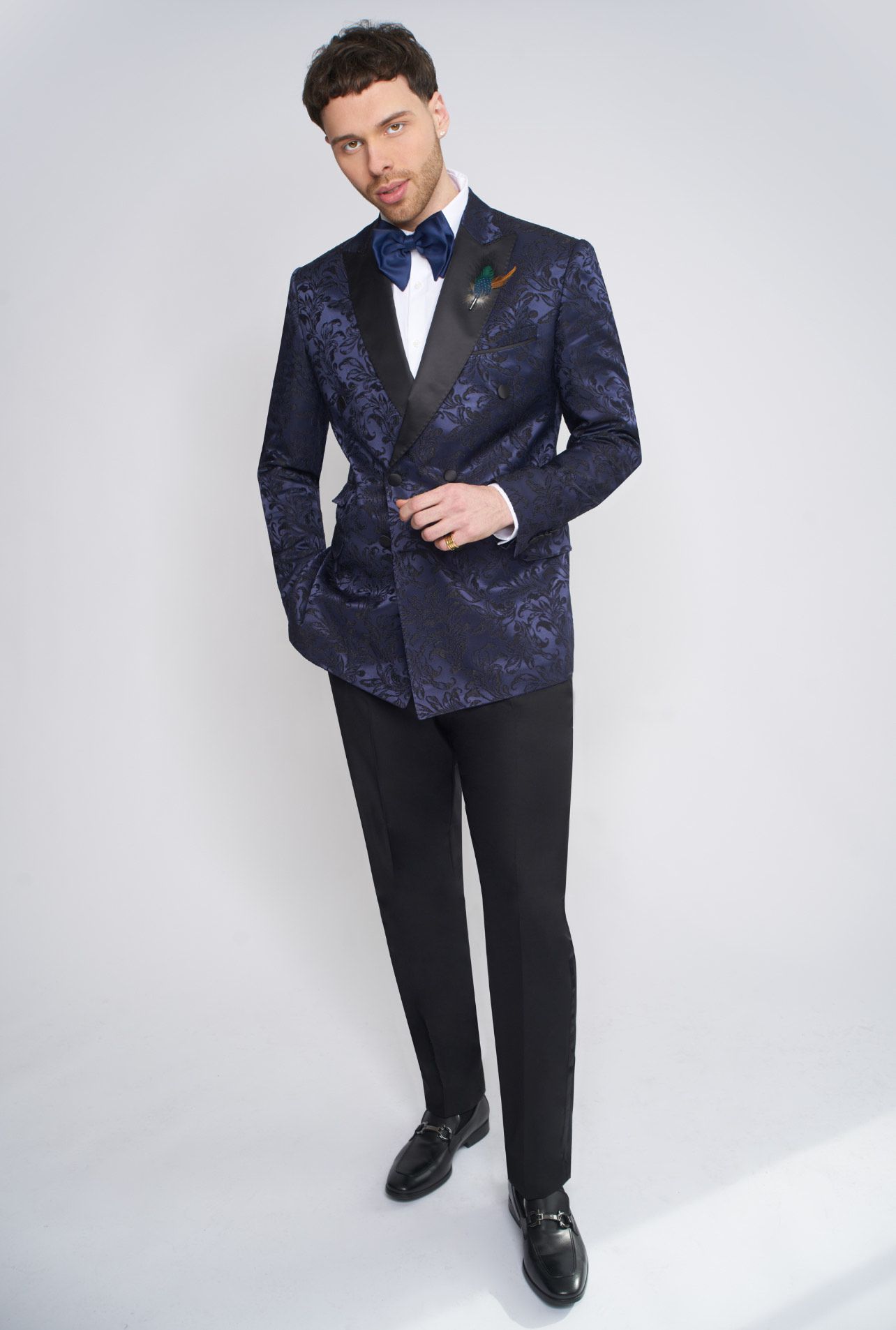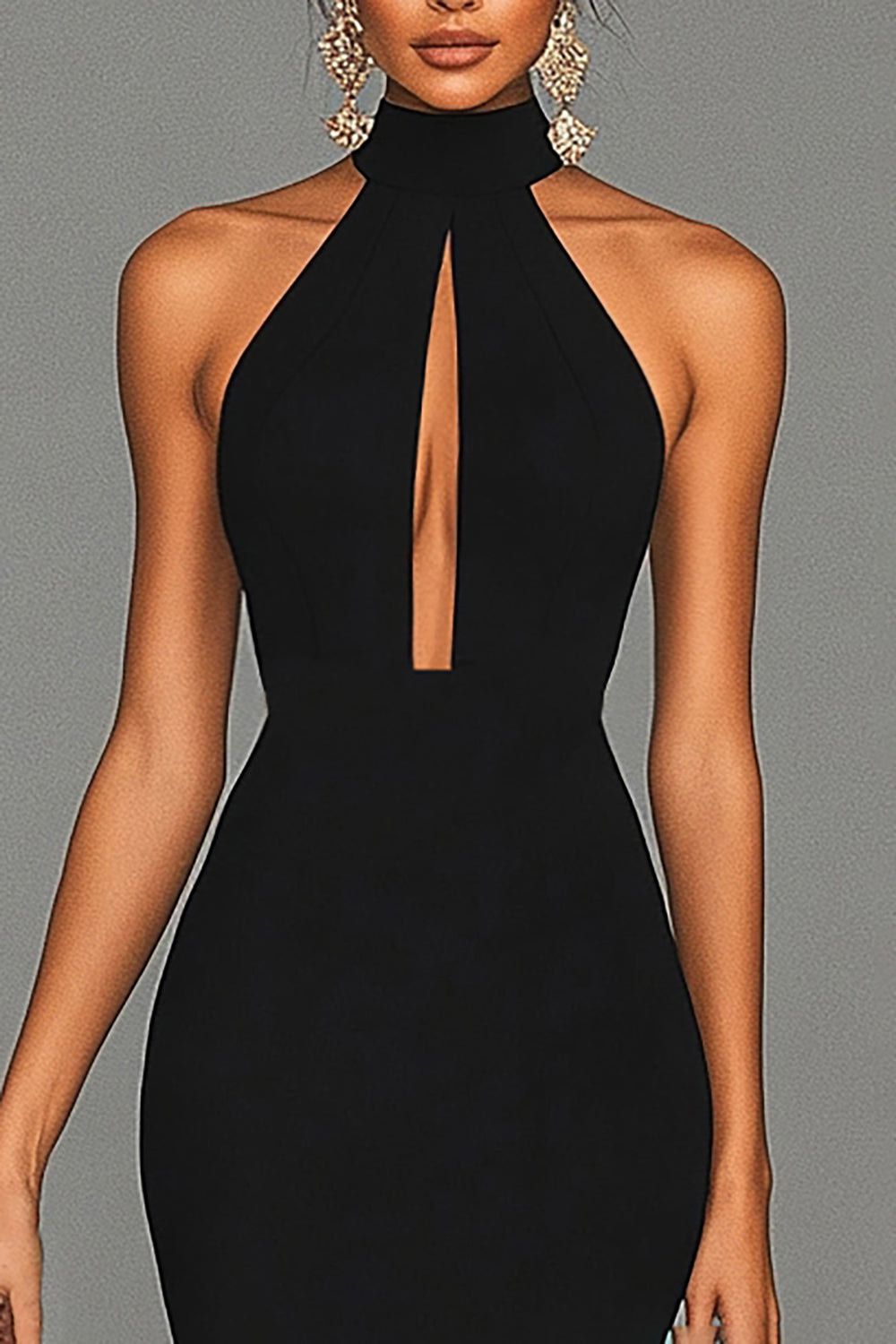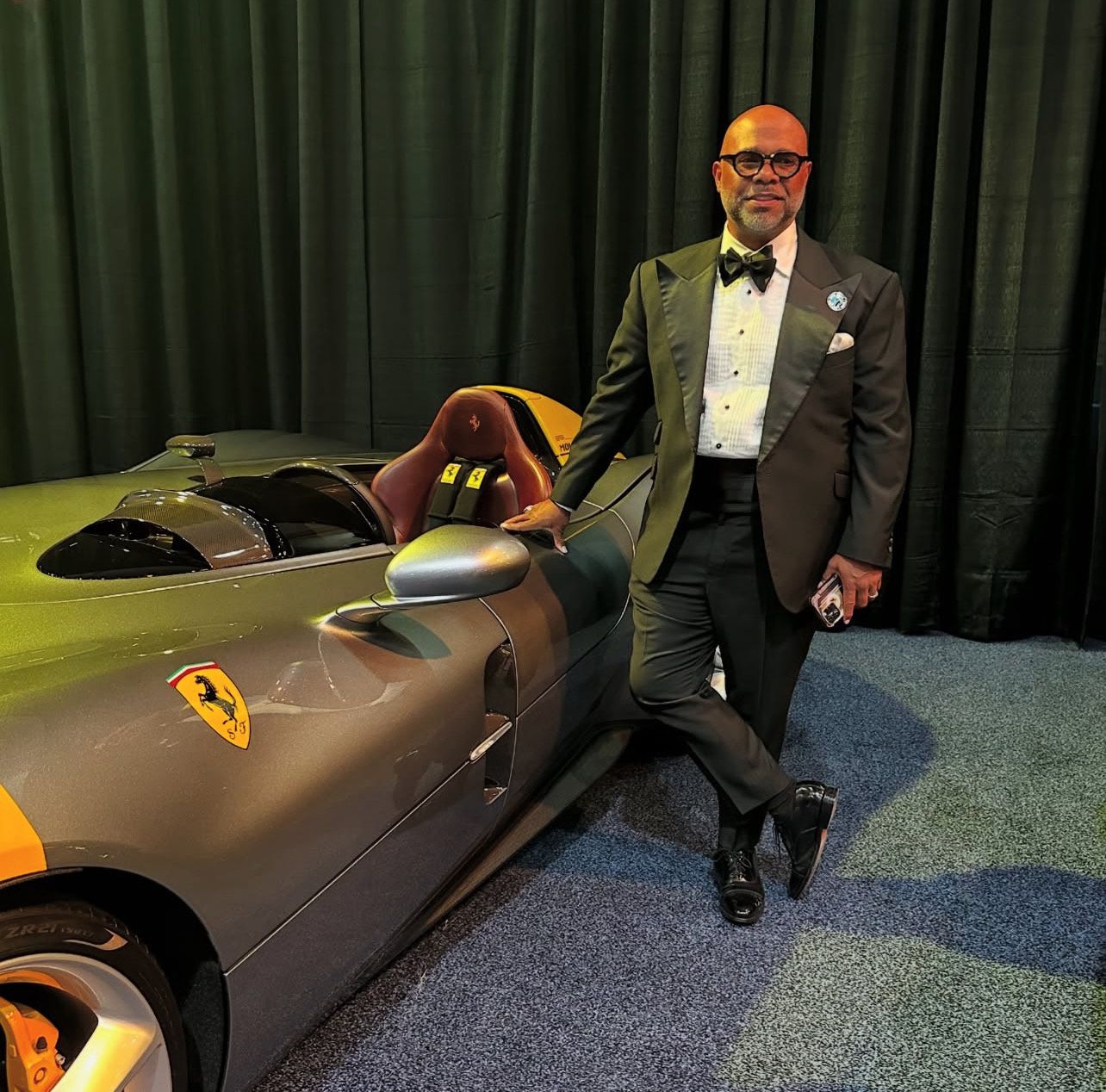
When an invitation says “Black Tie”, it signals one of the most formal dress codes short of the ultra-formal “White Tie”. It’s the gold standard for gala evenings, fundraiser balls, awards dinners and upscale receptions. In essence, black tie says: “Dress like you know this is special.”
Here’s a detailed breakdown of what black tie is, what it is not, and specific examples for men and women so you can show up with style—and avoid mis-reading the dress code.
✅ What Black Tie Is

For Men:
- A classic tuxedo (also called a dinner jacket) in black or midnight blue wool, with satin or grosgrain facing on the lapels, paired with matching formal trousers (often with a satin stripe).
- A crisp white dress shirt, typically with French cuffs, and a black bow tie.
- Black patent leather formal shoes (or very polished black dress shoes).
- Optional accessories: cummerbund or waistcoat, pocket square (white), subtle cufflinks.

For Women:
- A full-length evening gown is the classic choice—floor-skimming, elegant, refined.
- Dressy cocktail dresses below the floor-length can sometimes be acceptable, provided they are highly polished, made of luxurious fabric, and styled with evening-appropriate accessories.
- Evening shoes, fine jewelry, clutch bag, and a sophisticated wrap or stole if needed—all count as part of the black tie look.
When and Where:
Black tie is intended for evening events—typically after 6 p.m. or at least when the atmosphere is formal and evening-oriented.
❌ What Black Tie Is Not
- It is not business formal (i.e., dark suit and tie) for men. If you show up in just a suit and tie when “black tie” was specified, you’ll be under-dressed.
- It is not casual, nor “dressy casual.” Jeans, casual dresses, sundresses, sneakers—these are off-the-mark for a black tie invitation.
- For women, it is not a super short, club-style dress or something made from very casual fabric. The level of formality must match the tuxedo on the men’s side.
- It is not the ultra-formal tail-coat and white bow tie ensemble—that’s “white tie.” Black tie allows some room for interpretation but still expects elevated elegance.
👔 Examples to Get It Right

Men:
- Traditional: Black wool tuxedo jacket, matching trousers with satin stripe, white dress shirt, black bow tie, black patent leather shoes, plain black socks.
- Modern alternative: Midnight-blue dinner jacket (still very acceptable), black trousers, white shirt, black bow tie. Accessorize minimally.
- Avoid: a plain dark business suit with a regular tie, loafers, or any variation that looks “business meeting” rather than “gala evening.”

Women:
- Traditional: A floor-length evening gown in silk, satin or fine chiffon; minimal but refined jewelry; elegant evening heels; perhaps a shawl if needed.
- Contemporary: A finely tailored evening jumpsuit or very elegant cocktail dress (just ensure it has the sophistication of an evening gown), paired with high heels and evening clutch.
- Avoid: a casual sundress, overly short cocktail dress that reads too casual, casual fabric (e.g., cotton jersey), or flats that don’t read “evening formal.”
For your gala or upscale fundraiser—like the kind you hosted by Beautiful Machine Magazine—using the term “Black Tie” sets a clear expectation: this is an evening of elevated style, of celebration, of people dressing up to mark something special. It helps create a collective aesthetic on the red carpet and in your event photography. When guests show up in the right attire, it elevates the overall experience—and preserves the visual integrity of your event brand.
Setting the dress code as “Black Tie” means you’re asking guests to step into an atmosphere of sophistication. That means your décor, lighting, music, and flow should match the attire. Conversely, if the ambience is casual and you still say “black tie,” guests who go all out may feel disconnected from the environment.
If you see “Black Tie,” think: tuxedos for the men; evening gowns (or very polished alternative formalwear) for the women. It means you’re dressing up for a serious evening event. It’s not a business suit, it’s not casual—this is where you bring your best, walk in ready for remembrance, and show that you know how to honor the invitation. When done right, everyone will feel the elegance, from the moment they arrive to the last toast of the evening.
